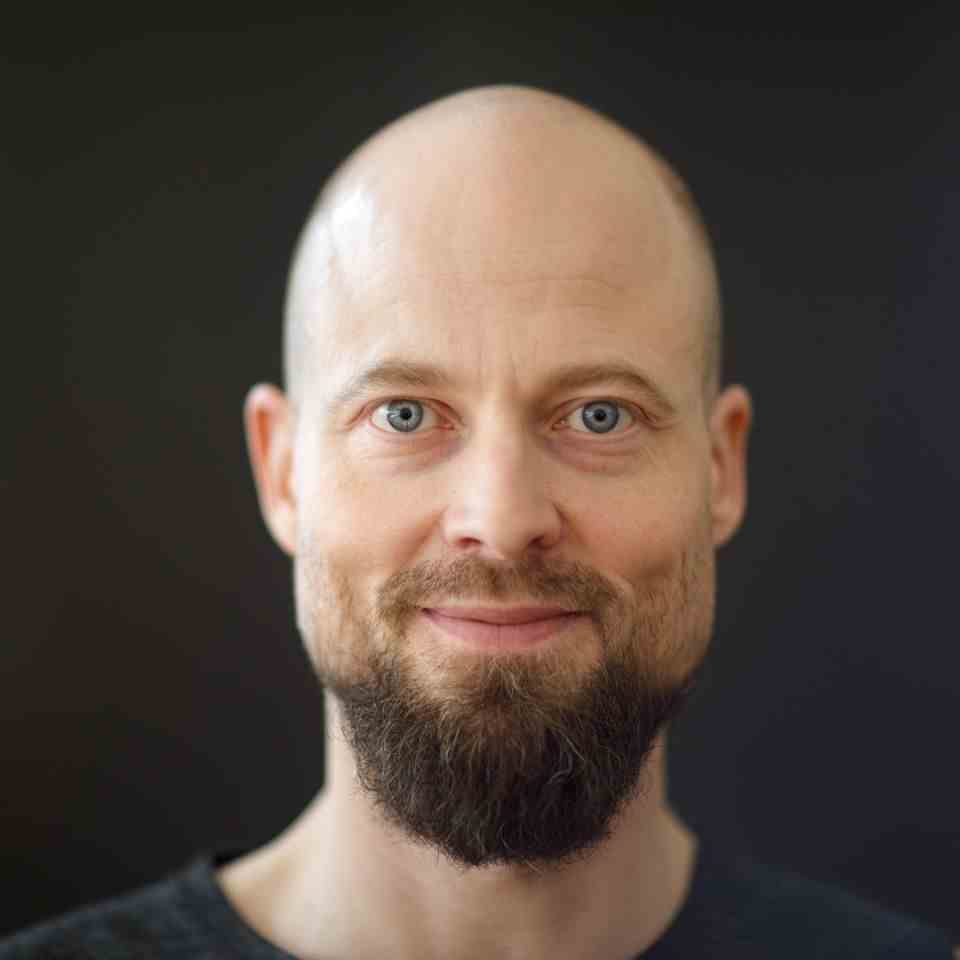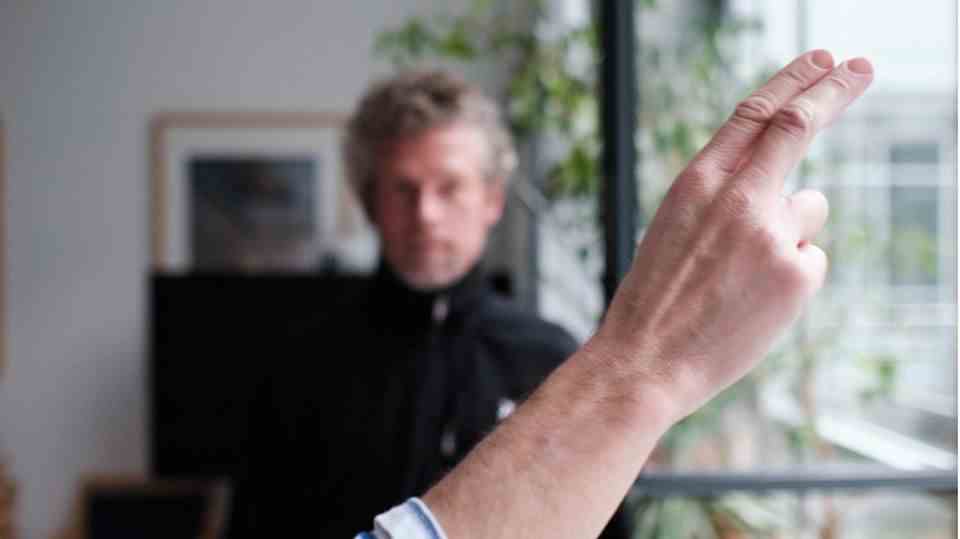Yoga therapy combines exercises from modern movement therapy with elements from yoga. The individual movement sequences are individually tailored to the patient, so that everyone receives an optimal practice for their complaints.
A number of studies have now confirmed that regular yoga practice has a positive effect on physical and mental health. Yoga therapy goes one step further and uses the healing effects of yoga to treat specific ailments. The well-known postures such as the dog looking down or the warrior fade into the background.
Rather, it is about embedding the latest findings of modern movement therapy in an individual yoga practice. “The therapeutic aspect has been anchored in yoga since the Middle Ages,” explains Ronald Steiner, doctor, sports medicine specialist and yoga teacher, who himself offers yoga therapy. Even then, yoga practitioners would have used techniques from different healing arts to keep the body healthy.
To this day, the combination of old empirical knowledge and current movement science is characteristic of yoga therapy. Group yoga classes can also have a healing effect on students. But when it comes to a specific complaint, it takes a one-on-one session with the yoga student. Only then can the teacher concentrate on the individual question.
Yoga therapy begins with investigation
Therapy means “specific action in the case of a previously diagnosed illness,” explains Ronald Steiner. That is why the diagnosis is at the beginning of an individual lesson. “I start with the anamnesis, so I examine my patient in detail,” explains the doctor. If the yoga student brings medical findings, such as X-rays or MRI images, he will check whether the patient’s symptoms actually match the diagnosis already made. “Then we develop a comprehensive therapy together: special exercises for specific complaints as part of a holistic yoga practice,” says the yoga teacher. A treatment adapted to the needs of each patient.

Ronald Steiner is a doctor, sports physician and yoga teacher. It is important to him to integrate modern movement physiology into classic yoga styles.
© Gabriel Aszalos
The “maximum totality”, as Ronald Steiner put it in an interview with the star is one of the three pillars on which yoga therapy is based. No matter how small the problem, the therapist involves the whole body. “But also the psyche and the spirit,” adds the expert. Yoga therapy therefore also includes relaxation, meditation and breathing exercises. “Because today we know that body and mind are networked with each other and also that the body is networked with each other,” says the doctor. Physical complaints can manifest themselves in the psyche and vice versa.
Patient is responsible for himself
In very few cases are the classic yoga postures of benefit to the patient. While these can also be part of therapy, Ronald Steiner focuses on exercises “that fill in the gaps in the range of motion.” He uses “everything that is possible today in terms of movement therapy”. The movement sequences that the yoga teacher teaches his patients are often similar to exercises from physiotherapy. With the difference that they are embedded in the context of yoga. “We’ll go into a meditative state, focus on the practice, incorporate a sun salutation or a breathing technique or relaxation exercise, which would be unusual in physical therapy,” he explains.
In addition, the patient often remains in a passive role in physiotherapy. Yoga therapy, on the other hand, takes a more active approach. The impulse should come from the patient right from the start and the therapist should fulfill a supportive rather than a healing function. The therapist is more of a teacher “who helps to understand one’s own body and to develop exercises for one’s own body,” says Ronald Steiner. The patient should be able to carry out the techniques learned independently. The personal responsibility of the yoga student is the second pillar of yoga therapy. Only with regular, independent practice can the effect of the exercises unfold. “Studies also show that people who know more about their condition and can take action on their own have a better chance of healing,” notes the yoga teacher.
The focus is on the healthy
The third aspect of yoga therapy is the focus on the healthy. “We promote what the body can do and work for the healthy instead of against the sick,” says Ronald Steiner. With the holistic yoga practice, the healthy interaction of the body should be improved and the self-healing powers of the human being should be activated.

Teacher rather than therapist: In yoga therapy, the therapist should help the patient to understand their own body
© Paul Koeniger
In the case of shoulder pain, for example, the doctor would integrate exercises that support the healthy gliding of the joints. “Everyone can benefit from these exercises, regardless of whether they feel pain there or not, because we simply train the healthy bodily functions,” explains the yoga teacher. Thus, yoga therapy also has a preventive effect. In addition, this approach is very easy and safe compared to other treatment methods. “In medicine, you concentrate on the sick, which requires a much more precise diagnosis,” says the expert.
Yoga therapists require a license to practice
Not every yoga teacher is allowed to teach yoga therapy. In order to be allowed to work as a therapist, a license to practice medicine is required from a legal point of view. “These are doctors, non-medical practitioners or people who act directly on behalf of a doctor,” the doctor lists. Only these people are legally allowed to offer therapy and make a promise of healing. “As soon as the general level is exceeded and more specific diseases are involved, approval is required,” explains Ronald Steiner. As a sports medicine doctor, he specializes in the human body. The most common complaints that the doctor treats with yoga therapy are pain in the joints, especially in the back, knees, hips and shoulders.
But yoga therapy is not just limited to physical ailments. The therapeutic approach can also provide valuable support for mental problems. She always aims to find holistic balance and health. “This can relate to both the body and the mind,” says the expert. And due to the holistic nature of the yoga practice, both components would be included in the treatment anyway. In the best case, body and mind find each other and work in harmonious balance.



